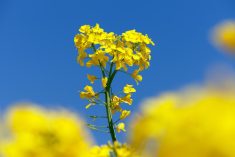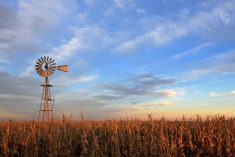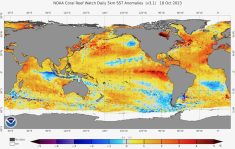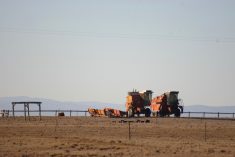CNS Canada — As the El Nino weather event of 2015-16 gradually fades into memory, most weather forecasters say it’s slowly being replaced by its cousin, La Nina.
The La Nina phenomenon usually happens when water temperatures along the equator in the Pacific Ocean fall by 3 to 5 C.
According to Drew Lerner of World Weather Inc. in Kansas City, there seems to be a mentality that hot and dry weather will sweep across North America as a result of this.
While drier, warmer conditions will be felt in the U.S., it’s not an automatic certainty for the Canadian Prairies, he said.
Read Also
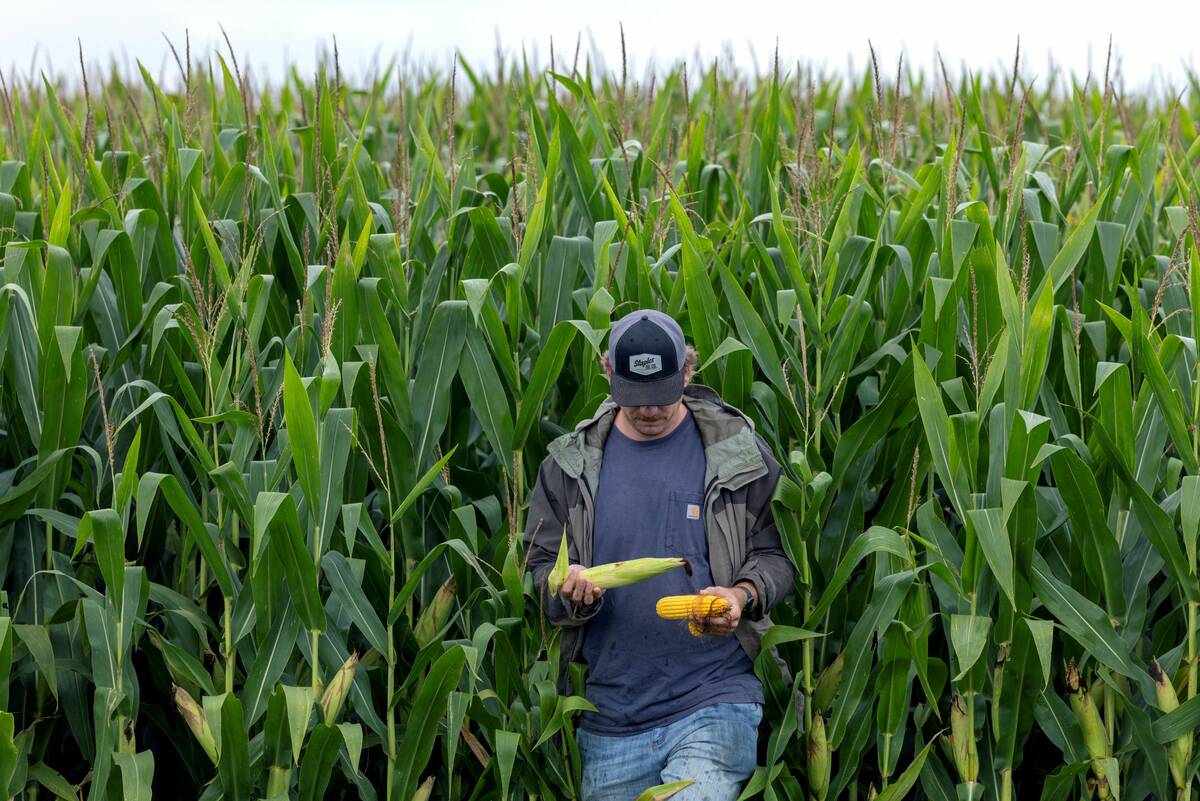
The U.S. corn crop could be the biggest ever. That’s terrible news for America’s farmers.
The USDA predicts a record corn crop for U.S. farmers, who question the agency’s accuracy amidst high debt and low crop prices.
“There seems to be a mentality out there that we’ll see hot and dry weather across the Prairies and I totally disagree with that,” he said, adding “the majority of the region will see normal to above normal rainfall this summer.”
However, he said, two of the areas that have the potential for drier biases include southern Manitoba and southeastern Saskatchewan.
If that happens it will be a change for the southeast Saskatchewan/southwest Manitoba corner, which has typically been wetter over the past few seasons.
Lerner said he still expects it to get some moisture.
“That southeast (Saskatchewan) corner, I actually had it drier earlier, but I’ve increased the amount of rain. I think it will be a good year for that area with the wetter bias to the west,” he said.
Another area that stands to be drier is northern Alberta.
“It will turn cooler and as it turns cooler it will turn drier. It won’t be a hot/dry scenario but there will be a tendency for the rains to become more limited in the north,” he said.
Lerner stresses La Nina isn’t the only factor controlling Canadian weather either, and its effects will be felt more in July and August.
The next few weeks, he said, will likely see mixed weather across the Prairies with fairly routine occurrences of precipitation.
Looking ahead to winter, Environment Canada has previously said La Nina is often linked to above-average precipitation in British Columbia, Ontario and Quebec and colder-than-normal temperatures on the Prairies during that period.
— Dave Sims writes for Commodity News Service Canada, a Winnipeg company specializing in grain and commodity market reporting. Includes files from AGCanada.com Network staff.



